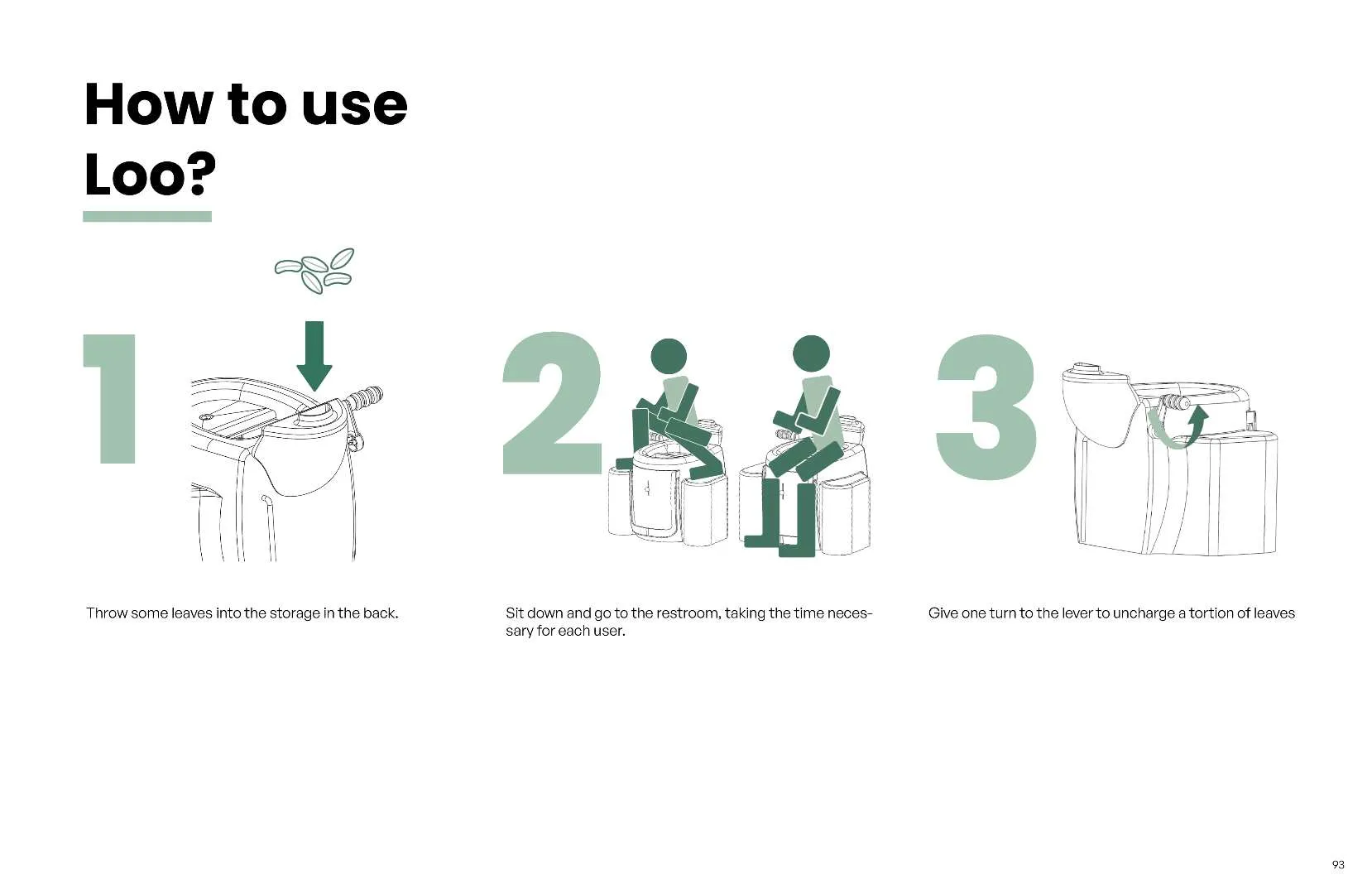A latrine system that uses dry leaves, coffee grounds, or tea leaves instead of water was the design that took three Tec Puebla students to the finals of the James Dyson Award, an international design competition open to students.
“It’s amazing to think that our idea can be developed, that it is relevant, and that it may even have the possibility to go further,” said Viviana Gonzalez Aragon, a finalist team member.
Their project, called Loo, has been designed for people living in shelters and rural and isolated properties without sewage systems or water access.
“We knew from the beginning that we had to apply [to the competition], but that motivated us to try harder. Our mindset was always to go beyond what was asked of us,” said Evelyn Ramírez, also a member of the finalist team.

Their project will advance to the international phase of the James Dyson Award, which includes 1,900 finalist designs from 29 countries.
Twenty finalists will be selected, and the winner will be announced on November 13.
The winning initiative will receive 654,000 Mexican pesos in funding and technical assistance to bring its products to market.
Viviana, Evelyn, and Claudia Villaseñor (also part of the team), are representing Tec Puebla for the second consecutive year in this award since Ximena García Ortega won first place in 2023 with LEKA, a test that helps quickly detect the Cysticercosis parasite.
According to Viviana, their participation and achievements in this international competition are thanks to the support of their professors. “It clearly shows the quality of the professors at the Puebla campus,” she said.
“It’s amazing to think that our idea can be developed and may have the possibility to go further.” - Viviana González Aragón
Loo, a 4-element device
The Loo latrine system includes four parts: base, rear receptacle, cart, and waste container.
The components are assembled in the toilet-shaped base to form the complete product. On the sides are two bases for feet, as it is also designed to be a 'squat toilet', which is common in Asian culture.
The rear receptacle, located at the back of the base, serves as storage for dry leaves, coffee grounds, or tea leaves. A handle, located on the left side of the base, controls the quantity of dry leaves.
The square-shaped waste container is mounted on a cart that is designed to be fixed to the base. The waste container stores the feces, and the cart simplifies their disposal.

The waste container is made of mycelium, a waterproof, fireproof, and biodegradable material.
“In contrast to other dry latrines, Loo users don’t get involved much once they’ve finished using the toilet. What’s more, the tea leaves, dry leaves, and coffee grounds help remove odors,” said Claudia Villaseñor.
How a dry latrine works
Loo’s rear container is first filled with dry leaves, coffee grounds, or tea leaves. Its shape allows solids to be separated from liquids. While liquids flow into a pipe leading to the latrine pit, feces fall into an internal container.
When done using the latrine, turning the side handle releases a mechanism which pushes the waste into the container.
The waste container has a weight indicator to show when it is full, and it is mounted on a cart so it can be transported to a fecal treatment plant. Alternatively, the container can be buried.

Targeting refugees
According to the World Health Organization (WHO), 1.2 to 1.7 million people die annually from diseases transmitted by polluted water.
“As we knew people living in poor sanitation conditions, we were motivated to find a solution for them,” said Viviana González Aragón.
The Bachelor of Design students’ research began with the question: “Where in the world will there be problems of this kind?”
The answer led them to Bangladesh and Ukraine because their research concluded that countries in political conflict have refugees in constant movement, requiring portable toilets and septic tanks.
“During my research, I read a story about Cox’s Bazar, which featured stories of people who lived there. That’s when I found Sahat Zia Hero and contacted him on Instagram,” Claudia Villaseñor recalled.

Sahat Zia Hero is a Burmese activist who told them about his experience at the United Nations and their treatment of septic tanks.
According to Sahat, overflowing septic tanks have caused illnesses in children since their play areas are located near public latrines. When they overflow, these children come into contact with the polluted water.
YOU MAY WANT TO READ





